Abbreviation JCG Employees 12,671 | Preceding agency Maritime Safety Agency | |
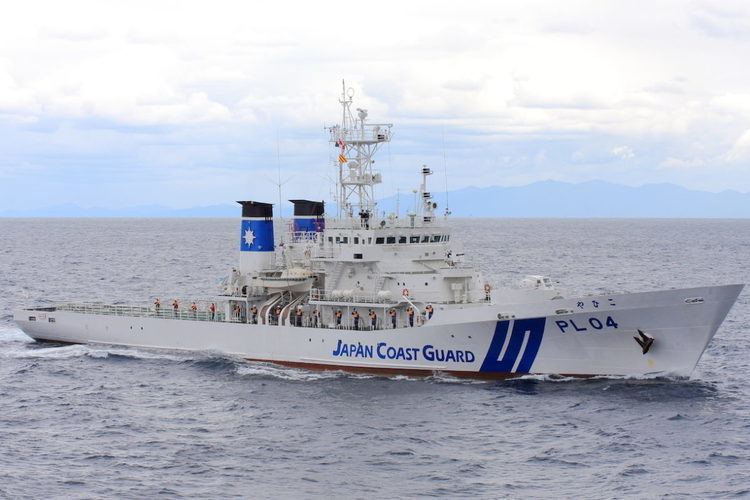 | ||
Formed 1948 (As Maritime Safety Agency)April 2000 (As Japan Coast Guard) Legal personality Governmental: Government agency | ||
The Japan Coast Guard (海上保安庁, Kaijō Hoan-chō), formerly the Maritime Safety Agency, is the Japanese coast guard. Comprising about 12,000 personnel, it is under the oversight of the Ministry of Land, Infrastructure, Transport and Tourism, and is responsible for the protection of the coastline of Japan. It was founded in 1948.
Contents
- Visit to japan coast guard jcg 10 27 2016
- Overview
- National Headquarters
- History
- Operational regions
- Vessels
- Aircraft
- Vehicles
- References
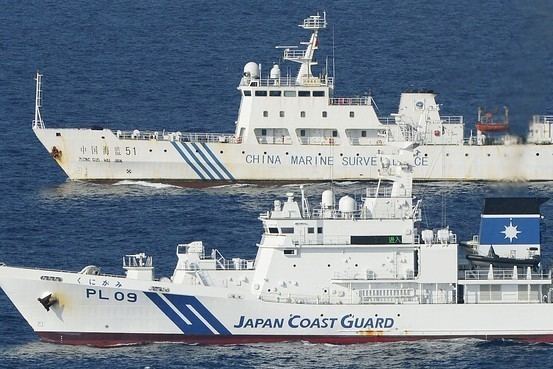
Visit to japan coast guard jcg 10 27 2016
Overview
The duty of the JCG is to ensure security and safety at sea.This provided through the following services:
National Headquarters
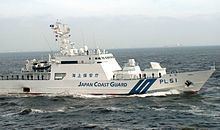
The Japan Coast Guard is led by a Commandant and two Vice Commandants. Lower ranking officers include the director general, directors and inspector generals.
Organization (as of April 1, 2009)
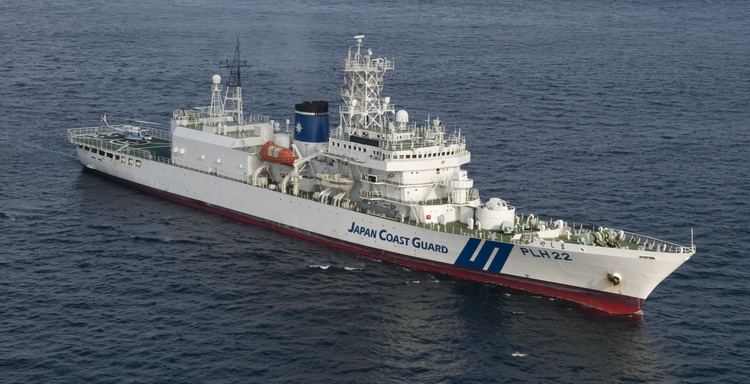
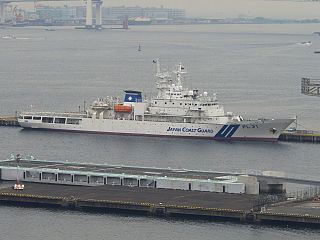
The Japan Coast Guard Academy is a 4-year-training institution, located in Kure, Hiroshima prefecture, established within the Coast Guard for the purpose of training students to become officers. Graduates are given a bachelor's degree upon graduation. About 40 cadets graduate from the academy each year.
The JCG maintains two special forces units:
History

Founded in 1948 as the Maritime Safety Agency of Japan, its English name was changed to Japan Coast Guard in April 2000. In 1950, the Maritime Safety Agency sent minesweepers to the Korean Peninsula under the United Nations flag during the Korean War.
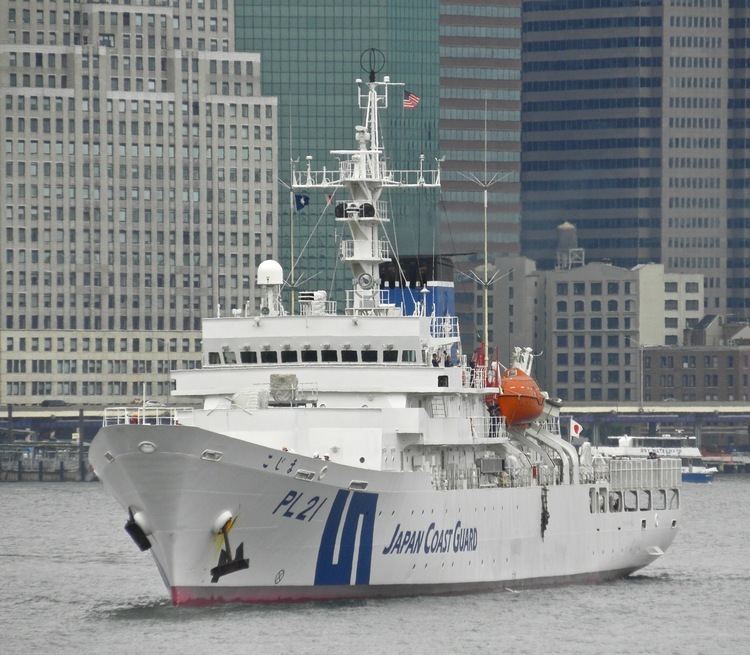
On December 22, 2001, JCG ships intercepted a Chinese-flagged vessel believed to be North Korean in origin, in the Japanese Exclusive Economic Zone between Kyushu and China. When the vessel failed to respond, she was fired upon by the JCG and an exchange of gunfire resulted. The unidentified vessel sank in the Chinese EEZ with all hands. The ship, later salvaged by the JCG, was found to be carrying weapons and spy equipment. The wreck and its contents were put on display at the Japanese Coast Guard Museum at Yokohama.
During the Liancourt Rocks dispute in April 2006, Youngest Members of Japan Coast Guard prepared for the worst and push ahead the research of around the Liancourt Rocks. Japanese Authorities fall in a state of great agitation this situation and call this incident as "a Coup d'état launched by the Japan Coast Guard(海保のクーデター)". Ministry of Foreign Affairs sent hastily a permanent secretary to Seoul, and Japanese Minister of Defense was in the Unite States at that moment. the Research Plan was Reported already to the Prime Minister's house. but at the moment, Prime Minister Junichiro Koizumi and Chief Cabinet Secretary Shinzō Abe was queer for the Chiba by-election. so they did not expect the Youngest Members of Japan Coast Guard has been out of control. one of Government Official report the intel about Japan Coast Guards' Research Plan to Former Prime Minister Yasuhiro Nakasone and president of the Democratic Party of Japan Ichirō Ozawa. the Government Official said "the Research of Area of the Liancourt Rocks was Planned by the Youngest Members of JCG. if Research Vessel captured by Koreaan authorities, they can claiming South Korea taken Liancourt Rocks Illegally. this is the JCG's Frenzy to the Japanese authorities whose acting passive in the Liancourt Issue for the relationship between South Korea. the success rate for diplomatic settlement of disputes Unclear, so We must consider all possible contingencies."
Operational regions
Headquartered in Tokyo, the JCG has divided the nation into eleven regions to facilitate its coast guard operations. Each region maintains a Regional Coast Guard Headquarters, under which there are various Coast Guard Offices, Coast Guard Stations, Air Stations, Hydrographic Observatory, and Traffic Advisory Service Centers.
Vessels
The JCG operates 455 watercraft, these include the following:
Aircraft
The JCG operates 74 aircraft, these include:
Vehicles
Oddly, JCG using a Civil vehicles(known as "Onebox Car(ワンボックスカー)") with JCG Marking instead a Patrol Vehicle. one of SST Operator says "JCG dosen't designated Any Emergency Vehicle. Even SST too. so no matter how urgent situations we have, We must stop at red lights, keep the speed limit. we even pay the highway tolls. It might look miserable, but this is the The 'Reality of the Law' which restrain the SST.(海保は緊急車両の指定を受けていません。もちろんSSTもです。だから、どんな緊急事態であっても、赤信号では止まらなければならないし、法定速度も守る。高速料金も払います(笑)。情けなく見えるかもしれませんが、これがSSTをめぐる、現在の『法的な現実』なんですよ)"
